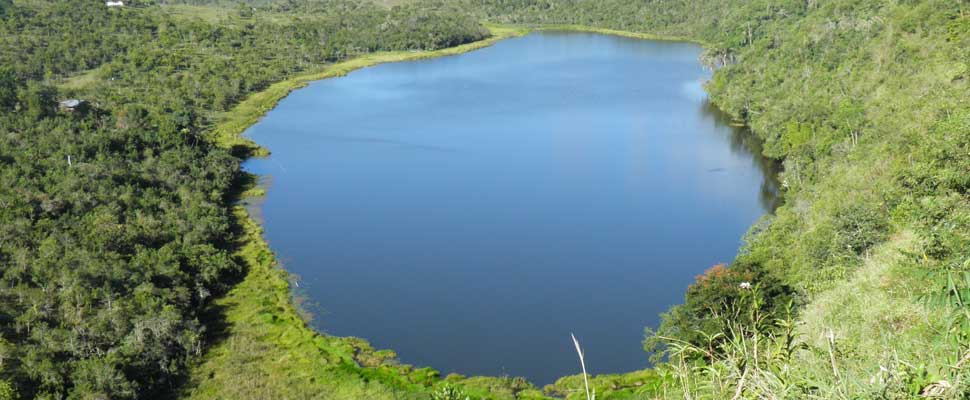Lakes: agonizing ecosystems
The disappearance and loss of water from these aquatic bodies is a matter of concern for some experts

28 years ago, the Aral Sea was one of the largest lakes in the world. The body of water, located between Kazakhstan and Uzbekistan had 68 thousand square kilometers. Today there are only 10% left. As it happened to this aquatic body, there are many lakes in the world that face a constant threat that is about to disappear and the fight so far seems to be more lost than gained.
Leer en español: Lagos: ecosistemas que agonizan
This type of ecosystem, characterized by having water flows from rivers, streams or groundwater, has not only been confronted with climate changes, which threaten to dry them daily, as is currently the case with Lake Tanganyika in Africa, whose waters have warmed up so much that its fish barely survive. However, these climatic changes are not always linked to global warming, their temporary draught can also happen and be normal. Jamer Zuñiga Galindo hydrogeologist of Siamcol assures that “this is a normal process of the hydrological cycle of the specific area and whether the body of water is dried or not is a fact that depends on the difference between precipitation and evaporation; that is, between the water that reaches the lake and the water that it loses through evaporation and runoff”.
For his part, Oscar Orlando Briceño Amarillo, a geologist at the National University of Colombia, with a master’s degree in Conservation and Environmental Management, is more skeptical about global warming: “In Colombia we have the phenomenon of the boy and girl who they are independent of global warming, since their registration of appearance dates from pre-Columbian times. When there is a phenomenon of the child in the Colombian Andean zone, rainfall decreases, that is, there is less rain and, because there is less rain, the bodies of water also descend”.
However, these causes are not the only ones that threaten bodies of water, the intervention of man is paramount for this. In the case of the Aral Sea, it was the inhabitants of the area who diverted the water that fed it until it left little trace in the sand of what was once this body of water. But just as the human being steals the water from the lakes to allocate the resource in agricultural uses, it has also been in charge of destroying them with their own hands, as happened in the El Lago sector in Bogotá that was once a body of water that was filled up with the purpose of cementing one of the most prestigious neighborhoods of the 70s.
The disappearance of these ecosystems is not only a threat to the lake itself, as is the case at the moment with the drought of Lake Poppo in Bolivia or Lake Urmia in Iran. When a lake disappears, not only the flora and fauna are affected, but also cultures and communities that usually subsist thanks to fishing or tourism disappear.
To avoid this, it is necessary for governments to join forces in favor of their protection, as Briceño affirms, since “It is not possible to allow such a delicate ecosystem to be intervened, apparently, by people. You have to establish controls. And those interventions must be given by the specific problems that each body of water suffers”. In this way, according to Zúñiga, the protection of the volume of water that feeds the ecosystem and the areas of environmental importance around them must be taken IGNORE INTO account. Second, it is necessary to regulate the exploitation of ecosystems and limit the activities of the human being, especially in the areas of rivers or streams, where agricultural-livestock activities can contribute important amounts of pollutants such as pesticides and nitrates that can end up for finishing the lakes.
Latin American Post | Maria Alejandra Gomez
Translated from “Lagos: ecosistemas que agonizan”





